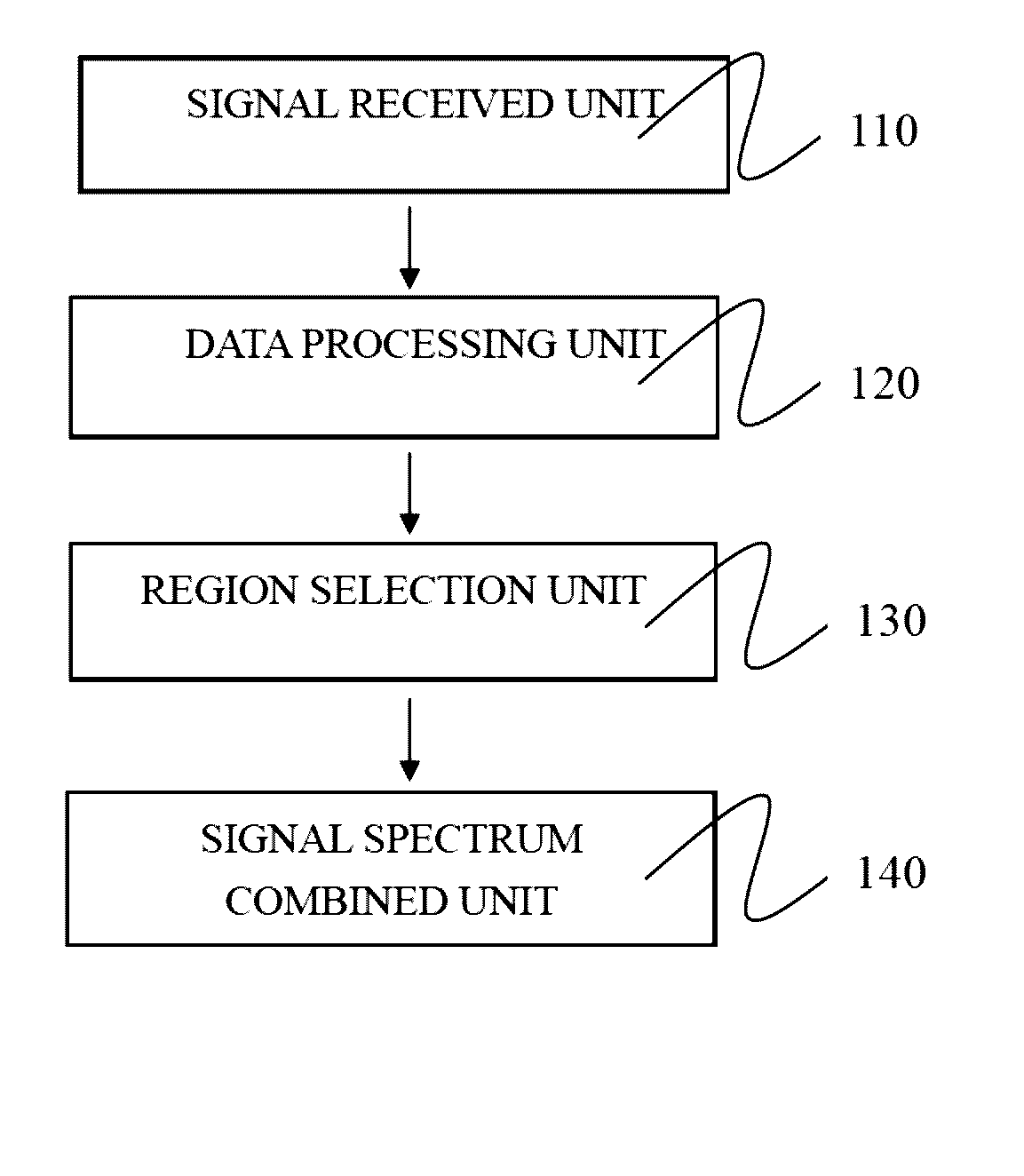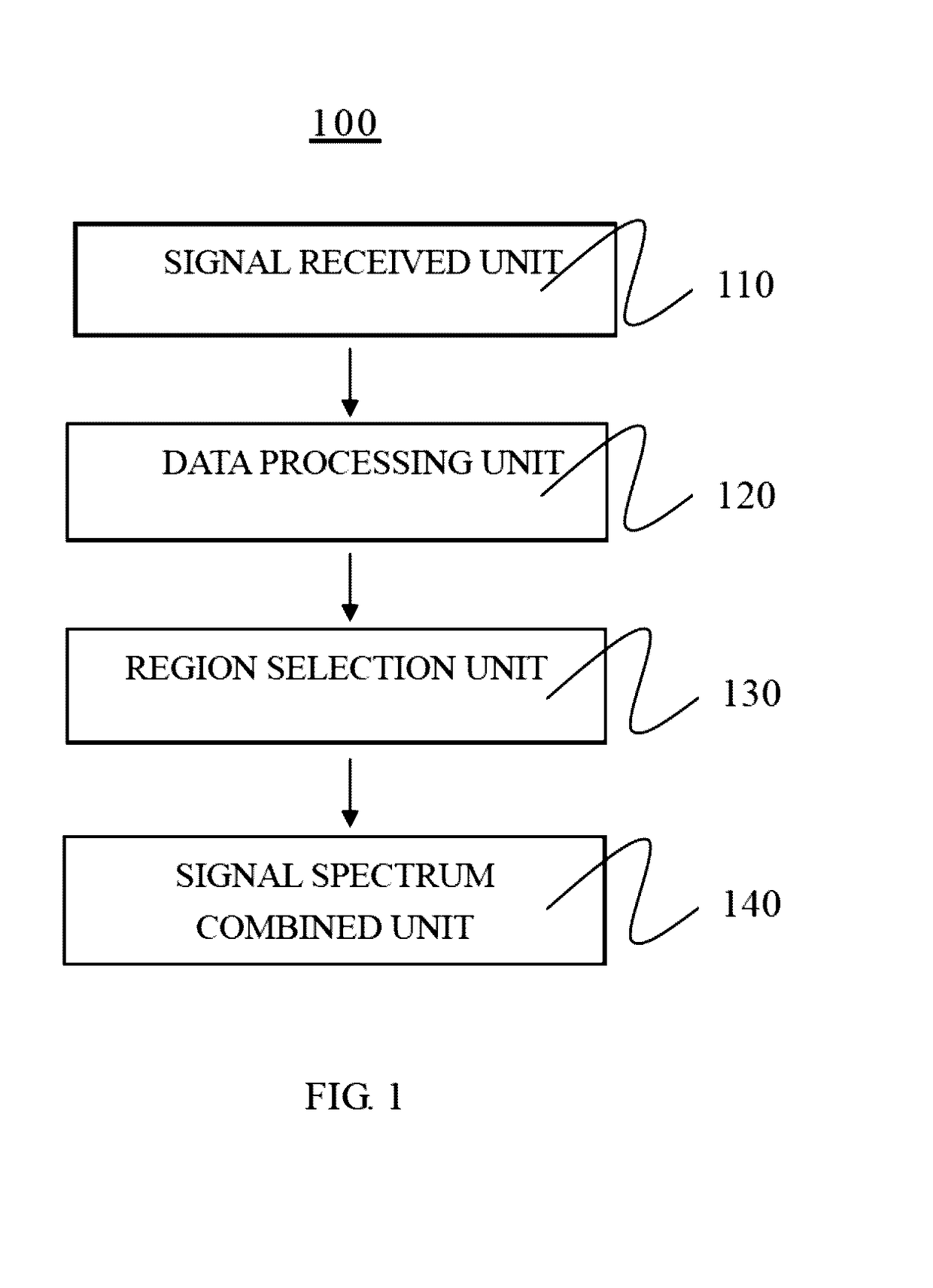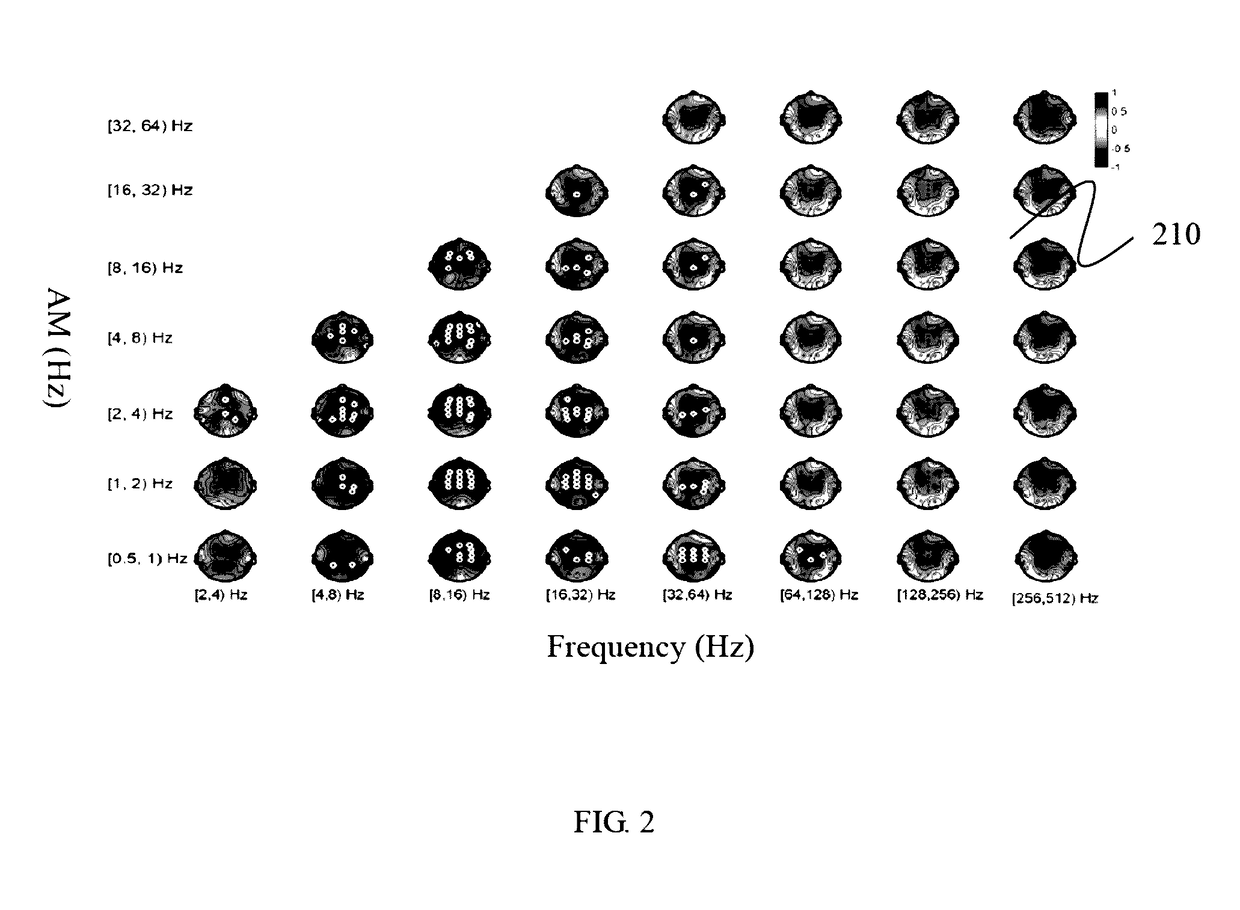Method for Identifying Images of Brain Function and System Thereof
a brain function and image identification technology, applied in the field of methods and systems for identifying images of brain function, can solve the problems of limited usefulness of identification, limitation of all these tools for investigating the dynamics of neural activity in the brain, and difficulty rooted on flawed linear stationary based fourier type of frequency analysis
- Summary
- Abstract
- Description
- Claims
- Application Information
AI Technical Summary
Benefits of technology
Problems solved by technology
Method used
Image
Examples
Embodiment Construction
[0024]Summarizing various aspects of the present disclosure, this reference will now be made in detail to the description of the disclosure as illustrated in the drawings. While the disclosure will be described in connection with these drawings, there is no intent to limit it to the embodiments disclosed herein. On the contrary, the intent is to cover all alternatives, modifications and equivalents included within the spirit and scope of the disclosure as defined by the appended claims.
[0025]The present invention discloses a method implemented in a data analysis system for identifying images of brain function. The method provides merely an example in the different types of functional arraignments that may be employed to implement the operation in the various components of a system for identifying images of brain function, such as a computer system connected to a scanner, a multiprocessor computing device, and so forth. The execution steps of the present invention may include applica...
PUM
 Login to View More
Login to View More Abstract
Description
Claims
Application Information
 Login to View More
Login to View More - R&D
- Intellectual Property
- Life Sciences
- Materials
- Tech Scout
- Unparalleled Data Quality
- Higher Quality Content
- 60% Fewer Hallucinations
Browse by: Latest US Patents, China's latest patents, Technical Efficacy Thesaurus, Application Domain, Technology Topic, Popular Technical Reports.
© 2025 PatSnap. All rights reserved.Legal|Privacy policy|Modern Slavery Act Transparency Statement|Sitemap|About US| Contact US: help@patsnap.com



